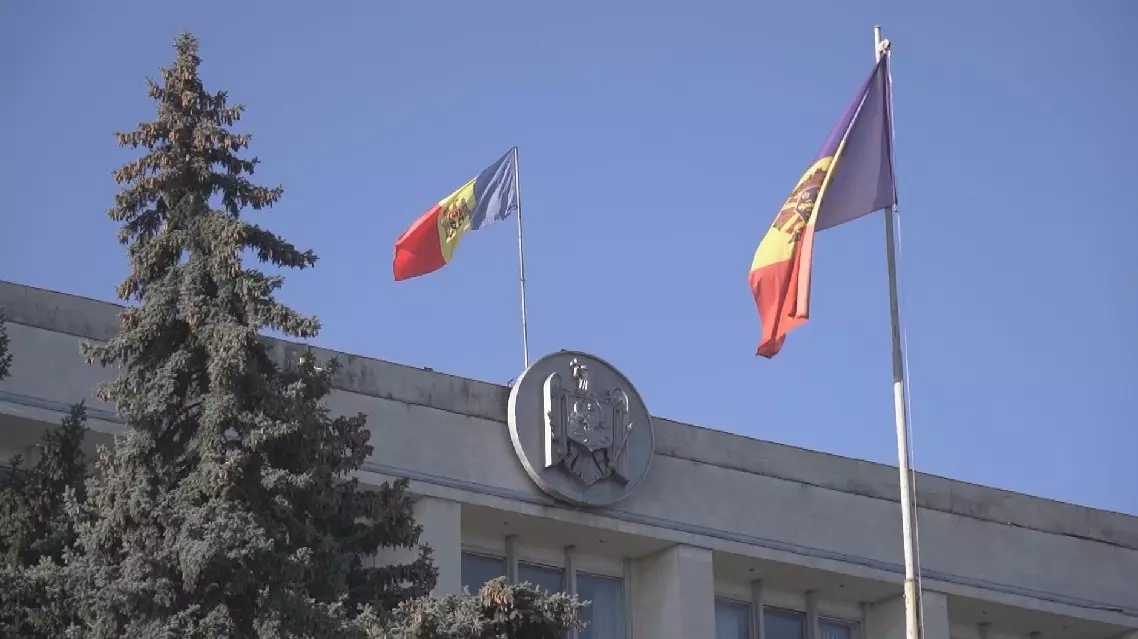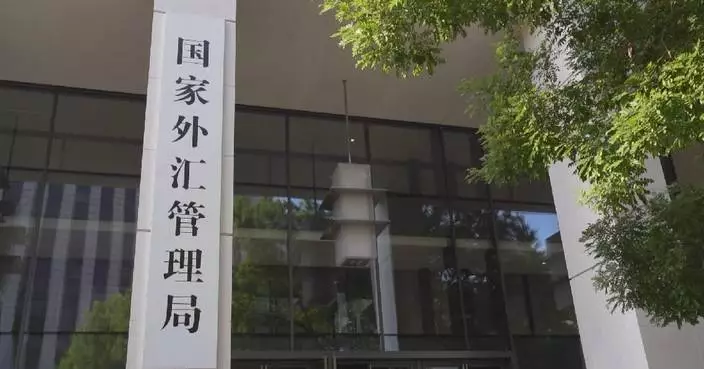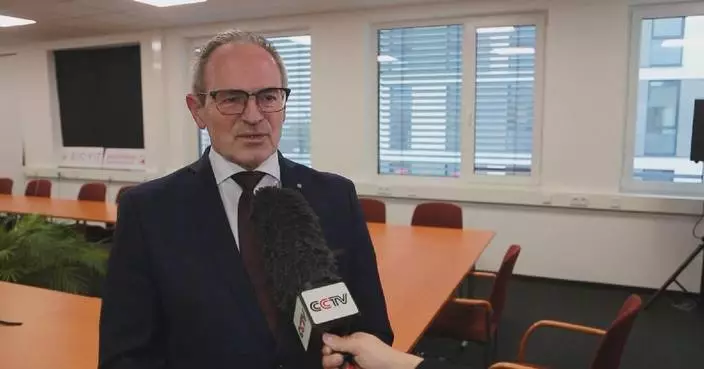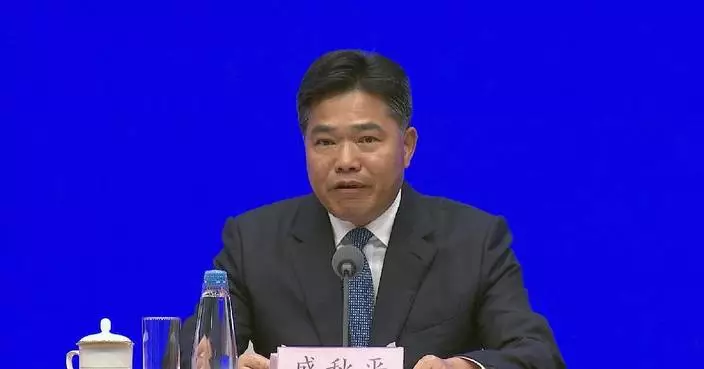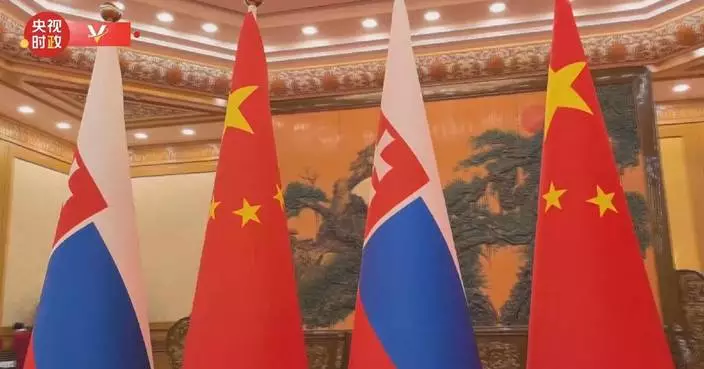China's new-type energy storage sector is growing rapidly with fast-expanding capacity and increased investment in related projects, the National Energy Administration (NEA) said on Thursday.
China had 58.52 million kW of operational new types of energy storage capacity as of end-September, up about 86 percent from the figure reported by the end of 2023, according to the agency.
New-type energy storage, or energy storage using new technologies such as lithium-ion batteries, liquid flow batteries, compressed air and mechanical energy, plays a vital role in building the country's new power system which enjoys advantages such as quick response, flexible configuration and short construction timelines.
According to Bian Guangqi, deputy head of the NEA's Energy Conservation and Sci-Tech Equipment Department, east China leads in the country in new types of energy storage installations.
"In terms of regions, east China has seen rapid growth in new types of energy storage installations, with more than 9 million kW added this year. Of all the provincial-level regions, Jiangsu, Zhejiang and Xinjiang have accelerated their pace in adding new-type energy storage capacity, with 5 million kW, 3 million kW, and 3 million kW added this year, respectively, each playing an important role in the stable operation of the country's power system," Bian told a press conference in Beijing on Thursday.
The first eight months of this year saw a total investment of 1.7 trillion yuan (about 240 billion U.S. dollars) in key energy projects, a year-on-year increase of 16.2 percent, according to the NEA.
Infrastructure projects related to hydrogen energy, new-type energy storage, the receiving of liquefied natural gas, and pumped storage hydropower witnessed a rapid growth in investment.
Notably, investment in new-type energy storage projects rose 21 percent in the January-August period year on year.
"We have actively expanded effective investment in the energy sector by pushing forward the construction of major and new types of infrastructure projects in an orderly manner. Region-wise, the eastern, central and western regions completed investment with values up 17.4 percent, 15.4 percent and 13.8 percent from last year, respectively," said Dong Wancheng, deputy director of the NES's Development Planning Department, at Thursday's press conference.
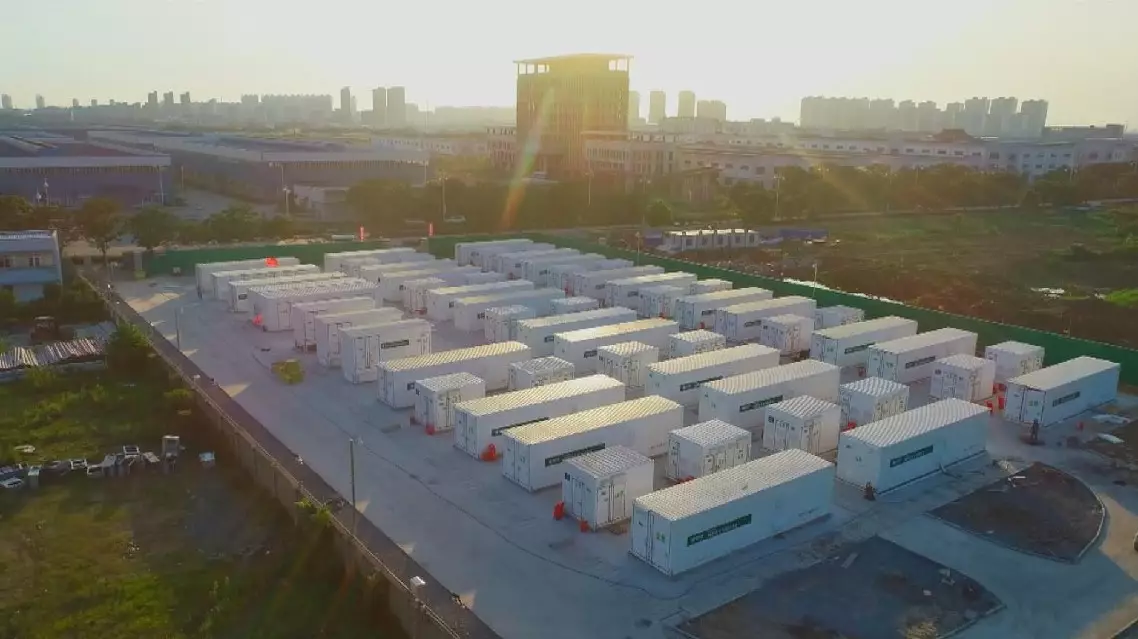
China sees rapid growth in new-type energy storage sector: official


